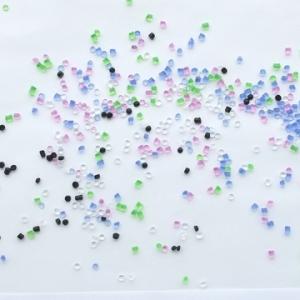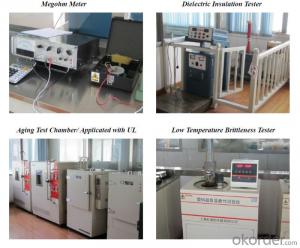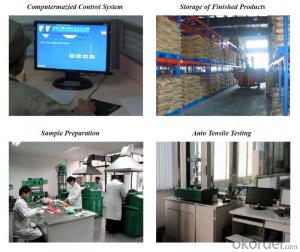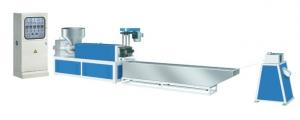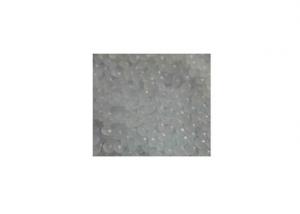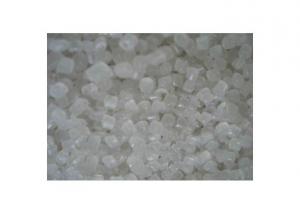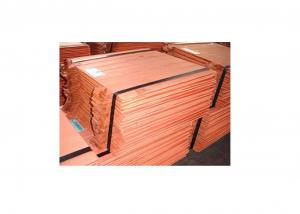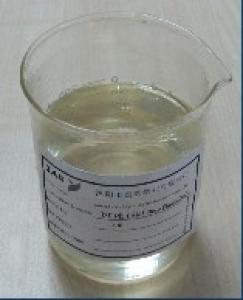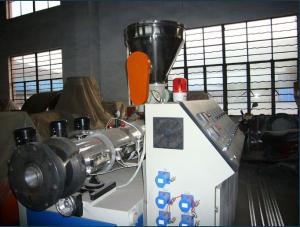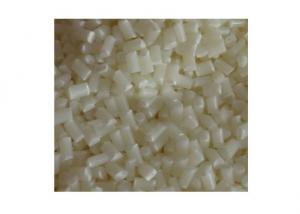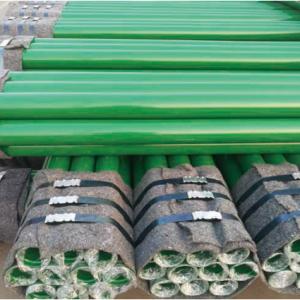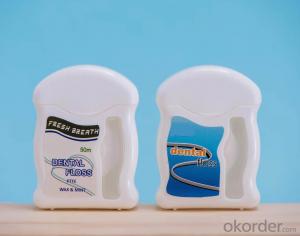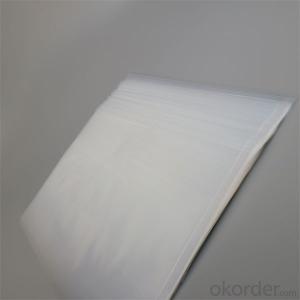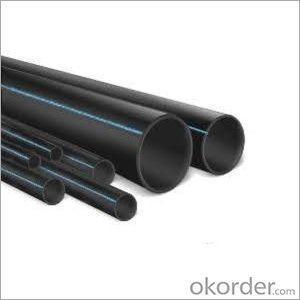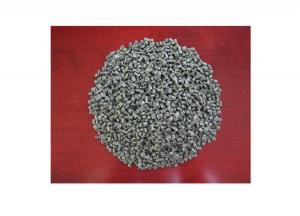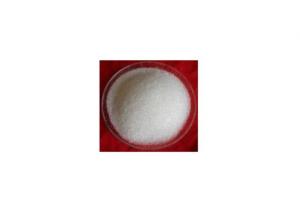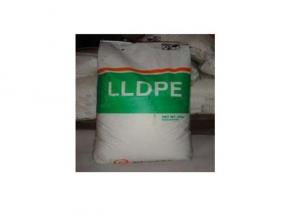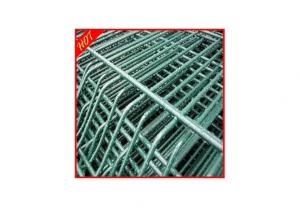K3 Class Irradiation Cross-linkable LSZH Flame Retardant Polyolefin Compound for Nuclear Power Cable
- Loading Port:
- Shanghai
- Payment Terms:
- TT OR LC
- Min Order Qty:
- 1 m.t.
- Supply Capability:
- 350 m.t./month
OKorder Service Pledge
OKorder Financial Service
You Might Also Like
polyolefin insulation:
1. Applications and cable specifications:
Type | Product | Application and Cable Specification |
HF311-1 | K3 class irradiation cross-linkable POE insulating compound for nuclear power cables | 1E grade K3 class irradiation cross-linkable non flame retardant inside insulation of nuclear power cables |
HF313-1 | K3 class irradiation cross-linkable low smoke halogen free high flame retardant POE insulating compound for nuclear power cables | 1E grade K3 class irradiation cross-linkable non flame retardant outside insulation of nuclear power cables |
HF313-7 | K3 class irradiation cross-linkable low smoke halogen free high flame retardant POE filling compound for nuclear power cables | 1E grade K3 class irradiation cross-linkable high flame retardant filling compound of nuclear power cables |
HF313-2 | K3 class irradiation cross-linkable low smoke halogen free high flame retardant POE jacket compound for nuclear power cables | 1E grade K3 class irradiation cross-linkable high flame retardant jacket of nuclear power cables |
HR313-2 | K3 class thermoplastic low smoke halogen free high flame retardant POE jacket compound for nuclear power cables | 1E grade K3 class thermoplastic high flame retardant jacket of nuclear power cables |
2. Description:
low smoke halogen free flame retardant POE compound for nuclear power grade 1E class K3 cable, based on POE resin, is produced and pelletized by special technology, adding special modifier, halogen-free flame retardant, anti-oxidant, crosslinking sensitizer and other special additives.
3. Processing:
The following temperature(°C) profile of extruder is recommended:
| Type | Processing Equipment | Compression ratio | L/D | Processing temp. | ||||
| Zone 1 | Zone 2 | Zone 3 | Zone 4 | Head | ||||
| HF311-1 | Common plastic extruder | 1.1:1~1.5:1 | 20:1~25:1 | 90 | 140 | 160 | 165 | 165 |
| HF313-1 | Common plastic extruder | 1.1:1~1.5:1 | 20:1~25:1 | 90 | 120 | 140 | 140 | 145 |
| HF313-7 | ||||||||
| HF313-2 | ||||||||
| HR313-2 | Common rubber extruder | 1.1:1~1.5:1 | 20:1~25:1 | 90 | 110 | 125 | 140 | 145 |
Note:Compound should be dried at 60-70°C before use, which has been stored more than two months.
4. Storage and transport:
Packing: 25kg/bag, PE membrane inside bag and craft outside bag.
Avoiding in direct sunlight and weathering.
Storage place should be clean, cool, dry and ventilated.
5. Properties:
| Item | Unit | HF311-1 | HF313-1 | HF313-7 | HF313-2 | HR313-2 |
| Standard | Standard | Standard | Standard | Standard | ||
| Tensile Strength | ≥MPa | 12.5 | 10 | 6 | 10 | 10 |
| Elongation at Break | ≥ % | 200 | 150 | 70 | 150 | 150 |
| Thermal Aging | °C×d | 135×7 | 135×10 | — | 135×10 | 110×10 |
| Variation on TS/ EB | ≤ % | ±25/±25 | ±30/±30 | — | ±30/±30 | ±25/±25 |
| Thermal Prolongation 20N/cm2 | °C×min | 200×15 | 200×15 | — | 200×15 | — |
| Elongation Under Load | ≤ % | 175 | 175 | — | 175 | — |
| Permanent Deformation | ≤ % | 15 | 15 | — | 15 | — |
| Volume Resistivity at 20 °C | ≥Ω.m | 1.0×1015 | 1.0×1012 | — | 1.0×1012 | 1.0×1012 |
| Dielectric Strength | ≥KV/mm | 25 | 20 | — | 20 | 20 |
| Oxygen Index | ≥ % | — | 30 | 40 | 30 | 30 |
| Impact Brittleness Temperature | °C | -30 | -30 | -15 | -30 | -30 |
| Smoke Density Flaming | ≤ | — | 100 | 100 | 100 | 100 |
| Non Flaming | ≤ | — | 350 | 350 | 350 | 350 |
| Acidity of gases evolved (PH) | ≥ | 4.3 | 4.3 | 4.3 | 4.3 | 4.3 |
| Conductivity of gases evolved | ≤μs/cm | 10 | 10 | 10 | 10 | 10 |
| Toxicity Index | ≤ | 2.5 | 2.5 | 2.5 | 2.5 | 2.5 |
| Water Absorption Test | °C×h | 70×168 | 70×168 | — | 70×168 | 70×168 |
| Variation on TS/ EB | ≤ % | ±30/±30 | ±30/±30 | — | ±30/±30 | ±30/±30 |
6. Company
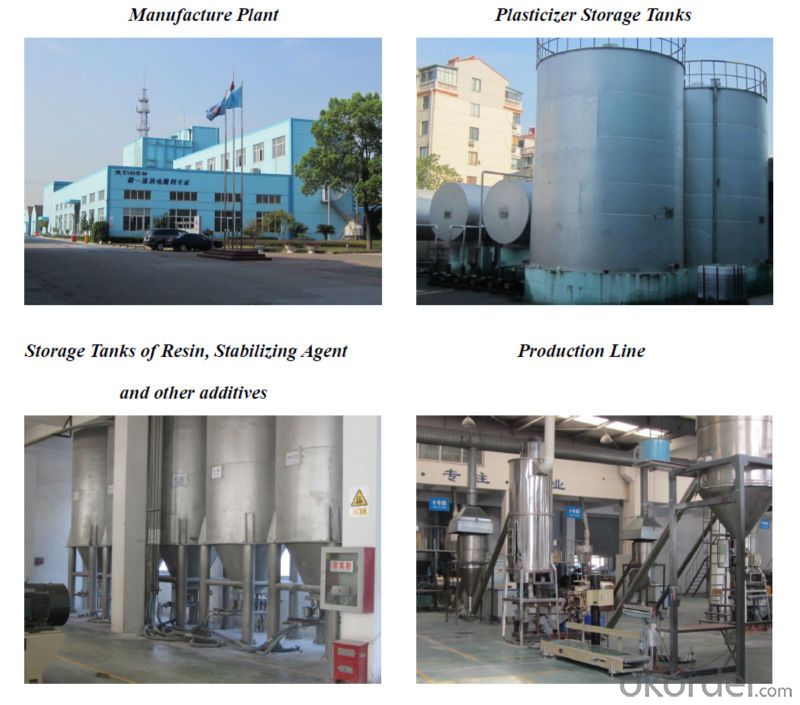
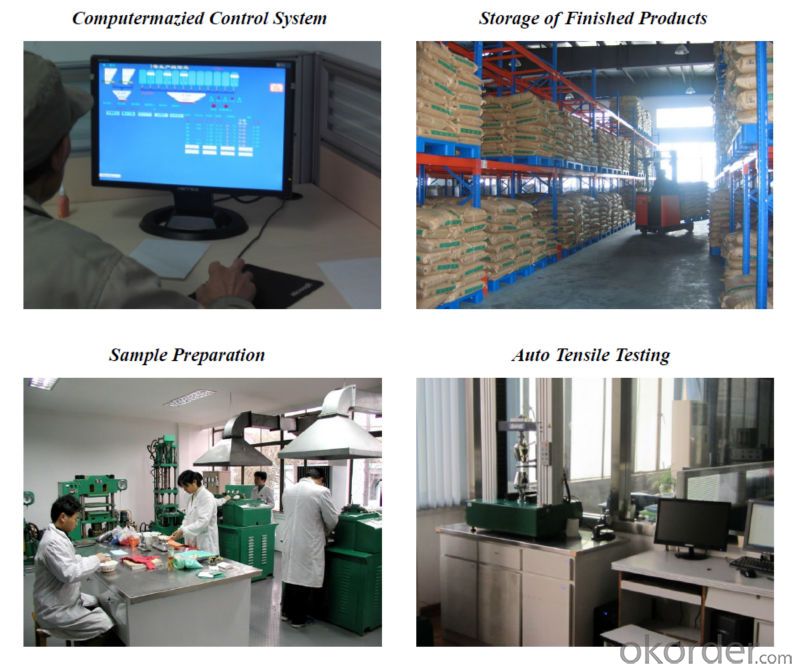
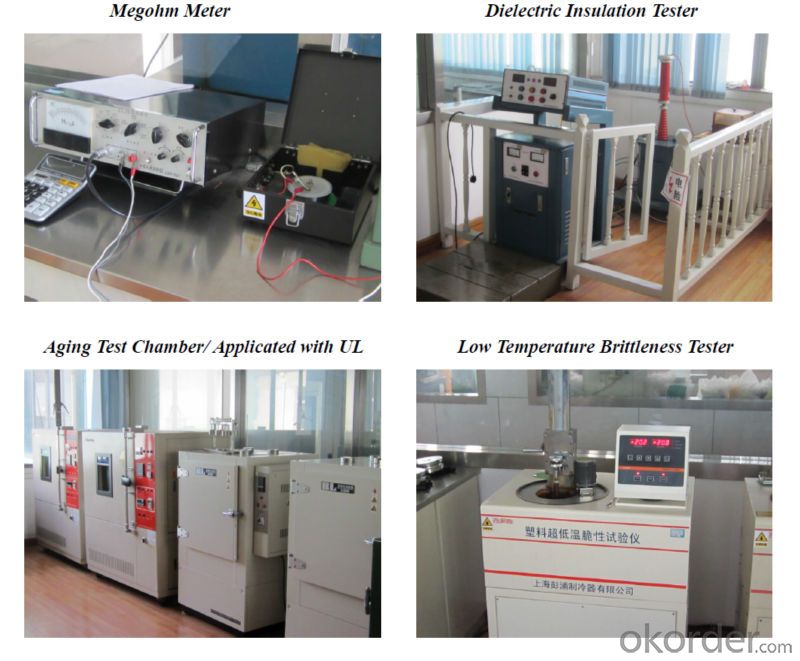
- Q:How to use all kinds of plastic materials?
- ABS acrylonitrile butadiene styrene copolymerABS acrylonitrile (chemical corrosion resistance, surface hardness of butadiene styrene) (toughness) (good processability, good dyeing weatherability, easy oxidation) with good comprehensive performance, high impact toughness and good mechanical properties, excellent heat resistance, oil resistance and chemical stability, stable size, easy to machine processing, surface plating, good electrical properties.Suitable plastic products: for general structures or wear resistant transmission parts and corrosion protection equipment. Gears, pumps, impellers, bearings, handles, pipes, motors, housings, electronic parts, clocks and watches, water tanks, freezers, refrigerators, housings, stationery, toys
- Q:What type of raw material for plastic straw?
- The plastic is made of monomers as raw materials, polymer by polyaddition or polycondensation polymerization (macromolecules), commonly known as plastic resin (plastics) or (resin), can freely change the composition and form style, composed of synthetic resin and filler, plasticizer, stabilizer, lubricant, pigment and other additives.
- Q:The difference between resin and plastics
- Resin: refers to the raw materials, such as polyethylene resin, polypropylene resin, polyester resin, etc., but in general, plastic and resin two terms can be common. So, it can be said that plastic is resin, and resin is plastic. Thus, the resin is one of the raw materials of plastic, plastic is the finished product of resin. In other words, the resin is not formed and molded into plastic.
- Q:Plastic raw materials are granular, why not powder?
- Like PP and PVC, they all have powder. Only powdery materials are liable to cause dust poisoning. In fact, the powder material in the performance of granular to better, but in the processing of molding difficult.
- Q:How many types of plastic materials are there?
- According to the different uses of plastics is divided into general and engineering plastics in general plastic refers to the yield, low price and wide application range of plastics, mainly including polyolefin, PVC, polystyrene, phenolic and aminoplastic five varieties. Many of the products used in everyday life are made from these general plastics. Engineering plastics are plastics that can be used as engineering structural materials and instead of metals to make machine parts and components. Such as polyamide, polycarbonate, POM, ABS resin, PTFE, polyester, polysulfone, polyimide and so on. Engineering plastics has the characteristics of low density, high chemical stability, good mechanical properties, excellent electrical insulation, easy processing, widely used in automobiles, electrical appliances, chemical industry, machinery, instruments, and other industries, is also used in space navigation, missiles, etc..
- Q:How are plastic products made? What is the raw material of plastics?
- 1, simply say, use an injection molding machine to melt the material at high temperatures and then inject the mold into the mold at high pressure.2, raw materials are materials that have not been processed. Plastic raw material is standing (smaller than soybean).Generally ABS, PS, PP, and so on, these materials are not the same.3, melting at high temperatures, and stamping (I haven't seen)4, iron or steel mold, to see what your home appliance plastic parts, what kind of mold is it!
- Q:What kind of material is the plastic bag commonly used in supermarkets now?
- 1. HDPE is a shopping bag for supermarkets. It feels cool and hard to use. Do not add color, the bag is very dim.2. low density polyethylene, used for packaged food, feels soft and transparent.
- Q:What type of raw material is used in plastic bags? The brightness is good. It blows out as bright as a mirror! That kind of transparency!
- High density polyethylene (LDPE) transparency, the equivalent number can reach about 90%, but the temperature should be controlled well, there is no general problem, that is, the cost is higher than other products
- Q:How do you increase the transparency and hardness of PP plastic suction pipes? What raw materials do you need to add?
- Add transparent nucleating agents to improve transparency, such as milk tea cups
- Q:How many kinds of plastic do you have?
- B. foam:Foam plastics can be divided into three kinds of hard, semi hard and soft foam. Hard foam without flexibility, compression hardness is very big, only up to a certain stress deformation, stress the lifting of restitution; soft foam rich flexibility, compression hardness is very small, very easy to deformation, stress release after can restore the residual deformation small; semi rigid foam between flexibility and other properties between hard and soft foam.
1. Manufacturer Overview |
|
|---|---|
| Location | |
| Year Established | |
| Annual Output Value | |
| Main Markets | |
| Company Certifications | |
2. Manufacturer Certificates |
|
|---|---|
| a) Certification Name | |
| Range | |
| Reference | |
| Validity Period | |
3. Manufacturer Capability |
|
|---|---|
| a)Trade Capacity | |
| Nearest Port | |
| Export Percentage | |
| No.of Employees in Trade Department | |
| Language Spoken: | |
| b)Factory Information | |
| Factory Size: | |
| No. of Production Lines | |
| Contract Manufacturing | |
| Product Price Range | |
Send your message to us
K3 Class Irradiation Cross-linkable LSZH Flame Retardant Polyolefin Compound for Nuclear Power Cable
- Loading Port:
- Shanghai
- Payment Terms:
- TT OR LC
- Min Order Qty:
- 1 m.t.
- Supply Capability:
- 350 m.t./month
OKorder Service Pledge
OKorder Financial Service
Similar products
New products
Hot products
Hot Searches
